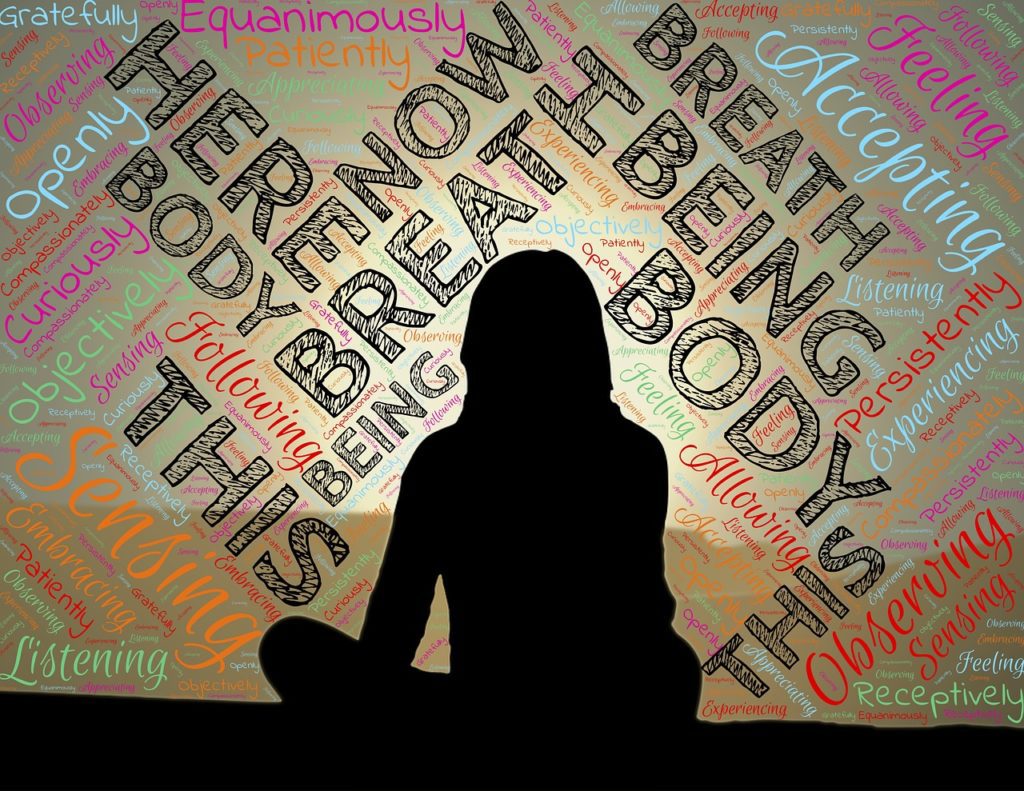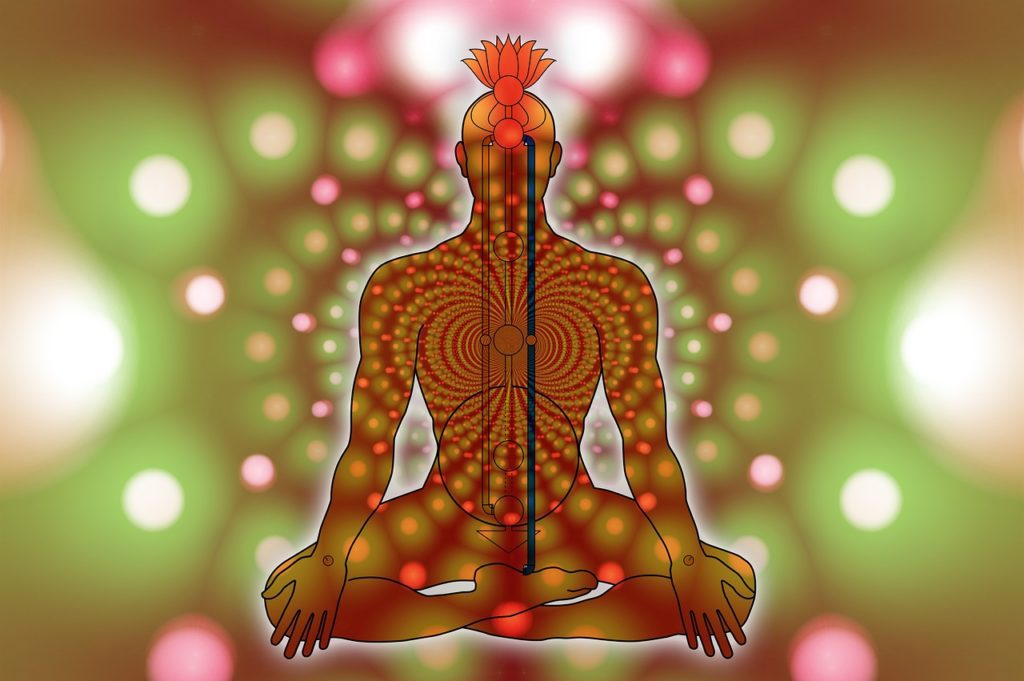If you’ve ever practiced yoga, you may have asked the question, what is prana?
It likely happened after your instructor mentioned this strange word. It sounds something like the South American fish. But prana isn’t at all like a piranha.
Rather than a vicious biting aquatic creature, prana is actually subtle life force energy. It flows through our bodies and is the foundation of all life. Heavy, right?
Yet you still may be left with the question:
What Is Prana?
It’s complicated to specify exactly what prana is. It’s not something you can touch or taste or see. But if you have even a semi-regular yoga practice, you’ve likely experienced it.

By way of the simplest explanation, it’s a mystical energy that moves through our bodies. It assists in every movement the body experiences – from tiny biochemical processes all the way to the larger movements of the physical body.
It is, of course, the physical body of which we have the most understanding because it’s tangible. What you experience in this outermost layer – from a pain in your leg to dry skin to the growth of nails – you can feel or see them.
But there’s a more subtle energy that exists deeper inside and around the body as well. Also referred to as qi, chi, or ki in Far Eastern practices, this vital life force that sustains all life is known in the yoga practice as prana.
The Intricacies of Energy
Think, for a moment, of the ocean. Within that ocean, there are waves that serve as an extension of the ocean. Prana is very much like the ocean, but it’s an energy that infuses and supplies life to all other matter via sub-atomic particles and atoms.
Don’t worry. We won’t go all esoteric on you here. To explain the deepest intricacies of prana would take a long time and likely not hold most readers’ interest. Suffice it to say, the idea is that prana regulates both conscious and unconscious bodily functions such as digestion, elimination, blood flow, cellular growth, healing, and breathing.
The breath aspect is especially important. And probably the most easily understood concept of prana. In fact, it’s not uncommon to hear people define prana as simply breath. It’s an overly simplified explanation, to be sure. But it’s also more easily comprehended.
Prana rides on our inhales and exhales. As we deepen the breath, it expands and improves the quality of prana while affecting the quality of our emotions, thoughts, and consciousness. This positively impacts our overall health and well-being and is tied directly to the quantity and circulation of prana in our bodies.
This is the thinking behind the breathing exercises performed in yoga – known as pranayama.
How Does Pranayama Work?
Derived from the Sanskrit for energy and control, pranayama is a vast array of practices that focus on a mastery of the breath. Each one is different, but they all serve to affect the prana in and around the body in ways that benefit us.
Chakras, or energy centers, are an important component of the pranic body. There are seven major chakras. They are as follows:

- Root chakra (Muladhara)
- Sacral chakra (Svadhisthana)
- Solar plexus chakra (Manipura)
- Heart chakra (Anahata)
- Throat chakra (Vishuddha)
- Third eye chakra (Ajna)
- Crown chakra (Sahasrara)
Each of these chakras corresponds with specific areas, organs, and glands of the body, as well as parts of the brain and personality. The belief is that when prana moves through these chakras in a balanced way, the result is better health and well-being.
Then There Are the Nadis
In addition, there are energetic nerve channels known as nadis. They’re the paths by which prana travels throughout the body. Two large channels – known as the ida and the pingala nadis – exist along and criss cross each other over the spine. Where they cross is where the spinal chakras exist.
At any rate, these two nadis end at the nostrils. When we take a deep inhale, prana flows upward through the ida nadi and is taken into the lungs. The mind is drawn outward and connected with the senses.
With an exhale, the energy moves downward along the pingala and is referred to as apana. The exhalation represents a withdrawing from external stimuli.
Again, this is all a very broad, general, and simplified explanation.
As practitioners get deeper into pranayama techniques, they learn to redirect the prana and apana along an even larger nadi known as the sushumna which runs along the spine. Many experienced yogis believe that when the level of energy in that the sushumna reaches the top of the spine at the sixth chakra, they will achieve enlightenment.
Does it really happen that way? Perhaps. Empirical evidence is, for now, impossible to collect. So we can only go on experiential or theoretical evidence.
Prana and Movement
Breathing exercises aside, the distribution of prana is also connected with movement and positions of the body. For example, all of the leaning over we do to be on our devices can constrict the flow of prana. Or spending too much time standing can cause the energy to flow continually to your head and throw you out of balance.
The traditional yoga asanas (postures), were developed with the idea of staying connected at all times with how prana is flowing through the body. The movements correlate specifically to the inhale and the exhale and activate specific chakras.
A well-rounded practice will tap into all of the chakras and keep the prana flowing.
Ready to Experience Prana At Work?
While you don’t actually need to fully comprehend the answer to what is prana to receive the benefits, practicing with prana in mind can add a new dimension to your practice.
And it may just result in better physical health and balanced wellbeing.
So if you’d like to experience prana at work – and we mean both in your body and at your place of employment -then contact us today! We can bring yoga, meditation, and other mindfulness practices right to your school, business, or organization.



